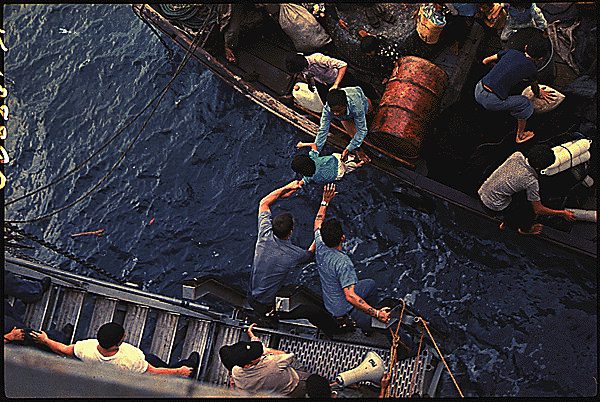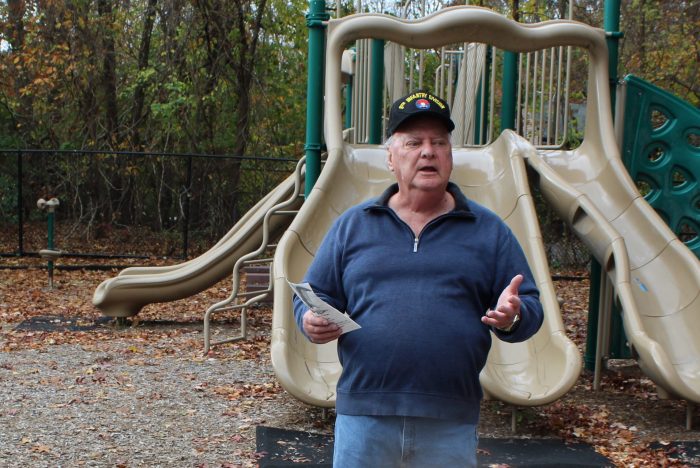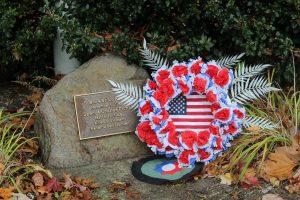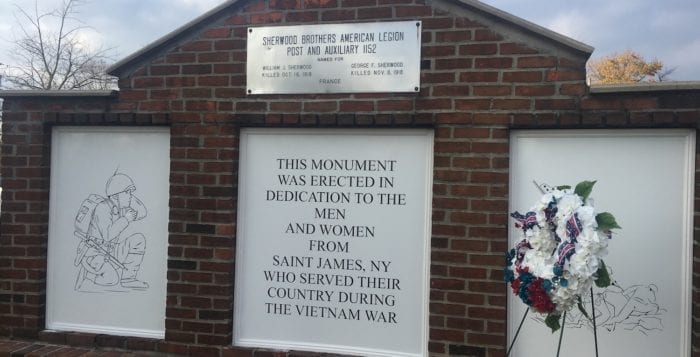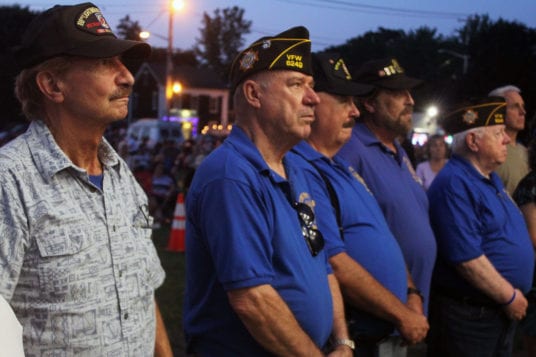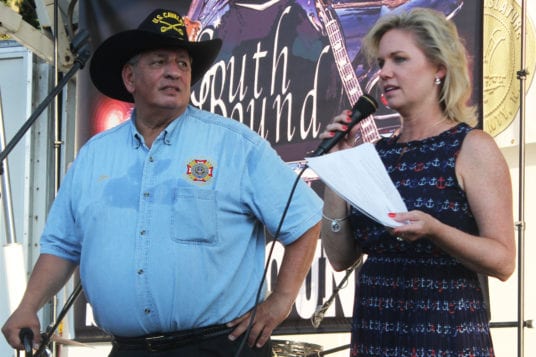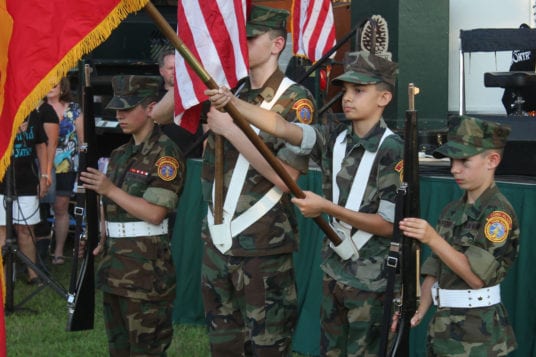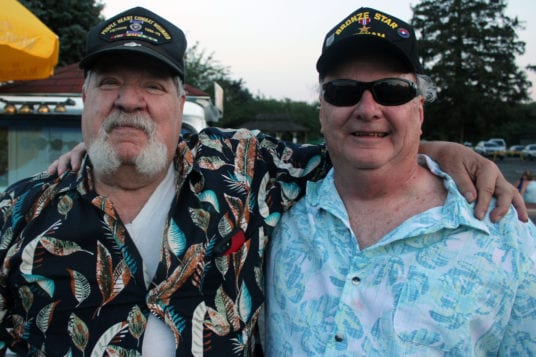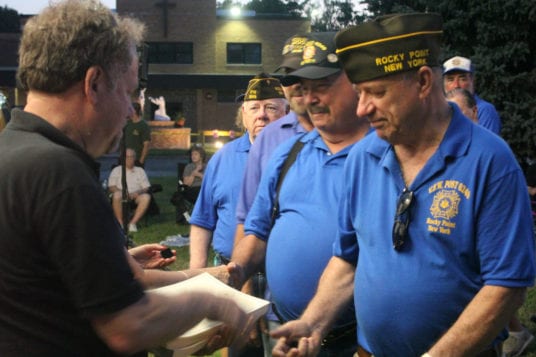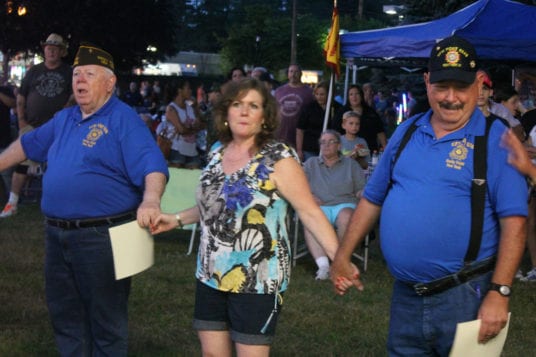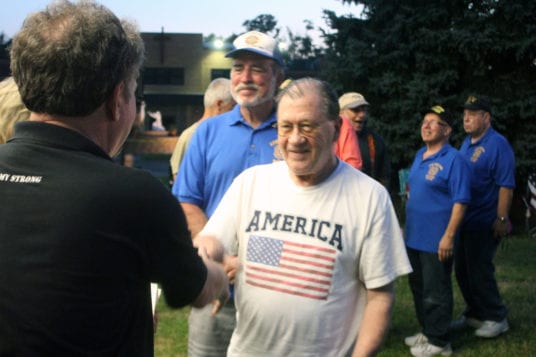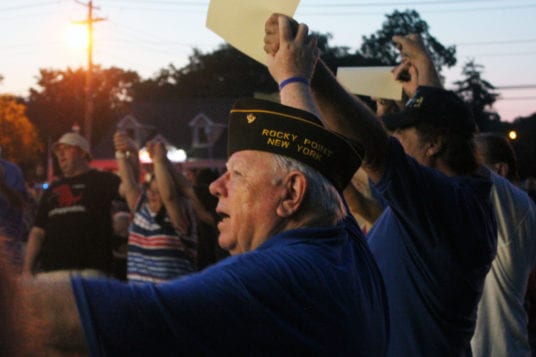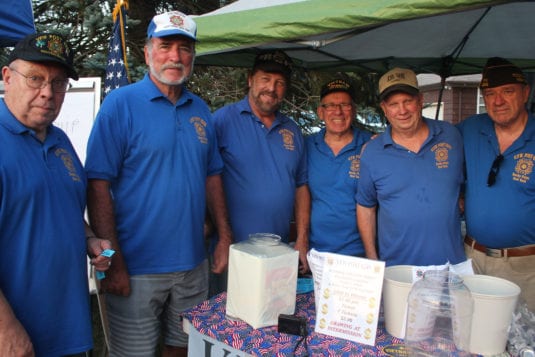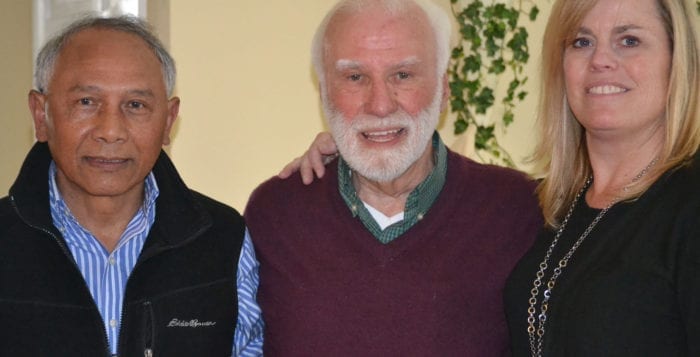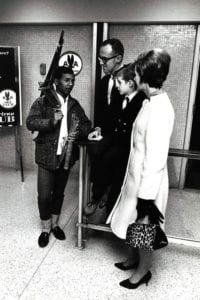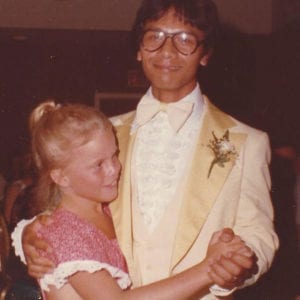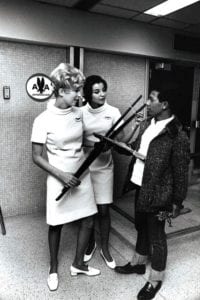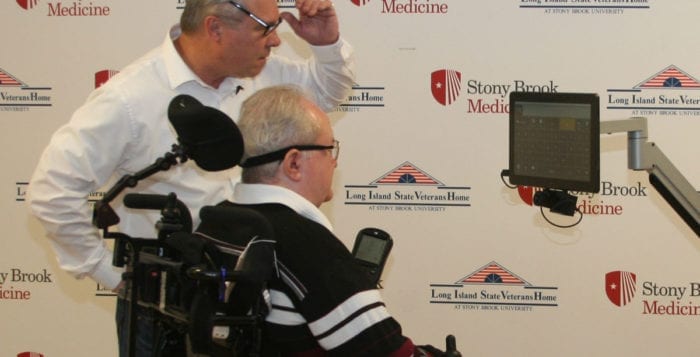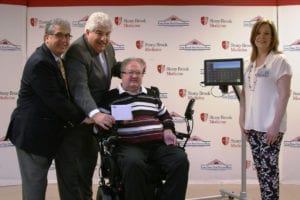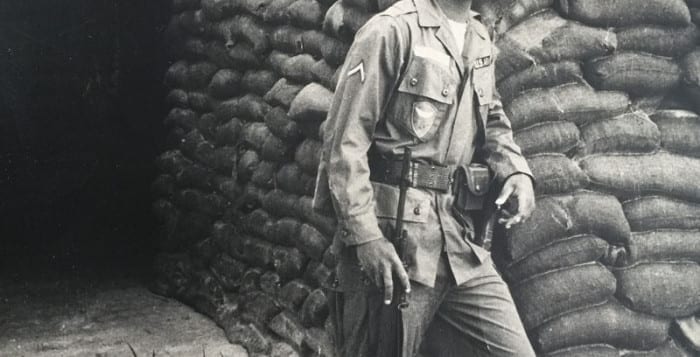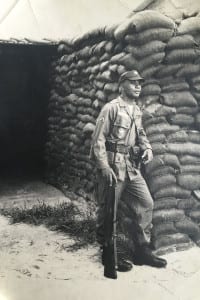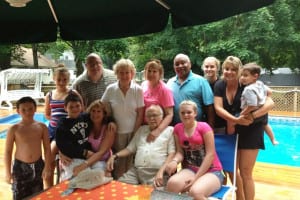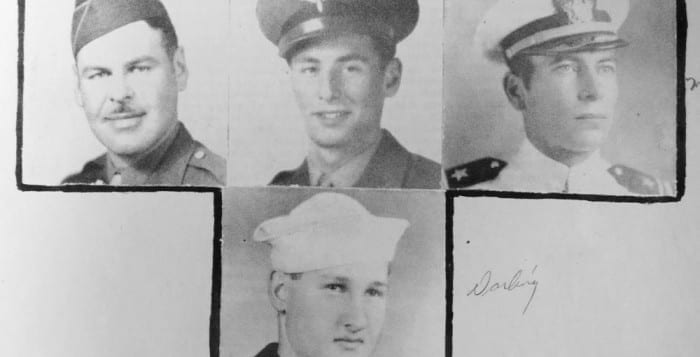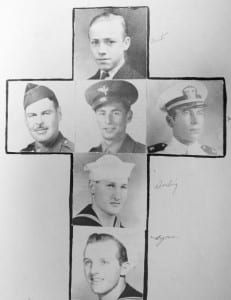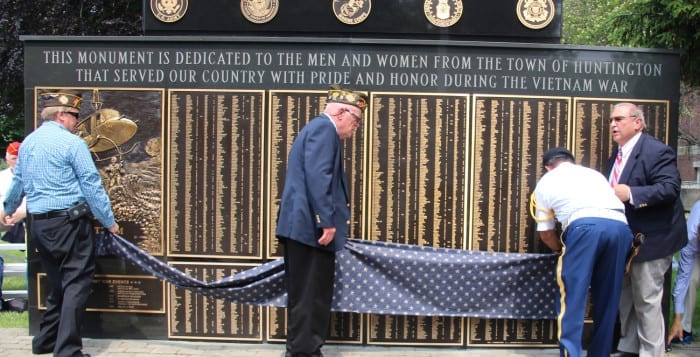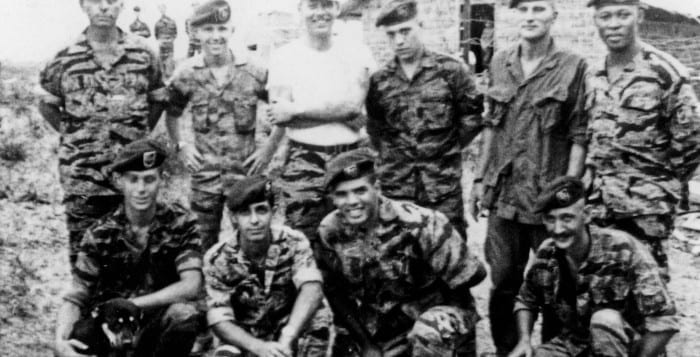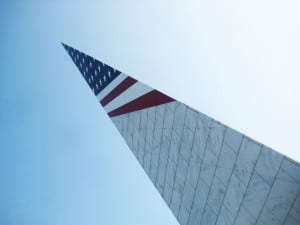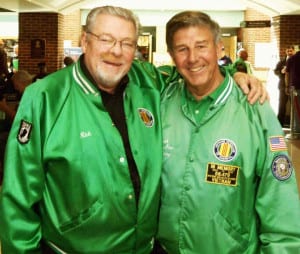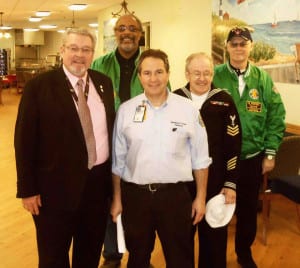“Today, America can regain the sense of pride that existed before Vietnam. But it cannot be achieved by refighting a war that is finished as far as America is concerned.”
— President Gerald Ford (R), April 23, 1975, on the collapse of South Vietnam
In one of the most unsettling moments in American history, April 30, 1975, marked the day when the South Vietnamese capital of Saigon fell to the North Vietnamese Army, effectively ending the Vietnam War.
The fall
In 1973, President Richard Nixon (R) made peace with North Vietnam, withdrawing a once-massive military force and leaving behind about 5,000 staff, support and military security members to protect American expatriates still in the region.
It was a dangerous time to be an American. By 1975, the Communist regime in Hanoi understood the U.S. would not recommit forces to South Vietnam, an ill-fated government without American support.
The North Vietnamese and Viet Cong armies moved swiftly, penetrating South Vietnam’s cities and villages. Americans watched in disbelief as South Vietnamese cities fell, one after another.
While Nixon had warned that the U.S. would oppose any breach of the peace, Ford refused to redeploy soldiers and resources to South Vietnam. With over 58,000 Americans killed in Vietnam, he believed his nation had had enough.
From the end of World War II to 1975, America was tied to this Southeast Asian state both militarily and diplomatically. Now, all was lost.
Over 7,000 people were flown out of Saigon before it collapsed. Under enemy fire, helicopters quickly ferried out American personnel and refugees. The last helicopters containing the staff members of the U.S. Embassy watched as North Vietnamese convoys entered Saigon.
Heroes forgotten
It was a painful time for this country. Torn apart by years of strife, political unrest, economic instability and Watergate, the fall of Vietnam was the final stroke. Vietnam War veterans — to this day — endure the pain of heavy scrutiny for their efforts.
Ridiculed, mocked and belittled at the time for their participation in the war, they are determined to ensure that American service members who have fought since are treated with dignity and respect.
Joe Cognitore witnessed these final stages of fighting, recalling the fall of Saigon as a “dark” chapter. He served in Vietnam from 1970-71 as a platoon sergeant, leading other air cavalrymen through the jungles of Vietnam and Cambodia.
With the presence of the Viet Cong always near, he guided his soldiers through “search and destroy” missions against an enemy that lurked in underground tunnels, exercised frequent jungle ambushes and persisted through massive bombing raids.
Despite the traumas of war, in some ways it was even worse when the soldiers came home. The nation showed little appreciation for their sacrifices.
Paying tribute
For years, Cognitore hustled as a representative for Coca-Cola, then raised a family in Rocky Point. It was only during the First Gulf War of 1990-91 that he became involved in the Veterans of Foreign Wars, offering support to veterans returning from war.
Today, Cognitore serves as commander of Rocky Point VFW Post 6249, advocating for the over 200,000 Vietnam War vets across New York state. He represents a class of veterans continually working to aid those who have fought in past and present conflicts.
These individuals work untiringly, helping to honor the veterans who fought the Global War on Terror in Iraq and Afghanistan by organizing care packages, welcoming ceremonies and golf outings to support U.S. veterans and their families. Such devoted people do what they can to carry on the tradition of honoring veterans.
This past Memorial Day, Monday, community members were able to emulate this compassionate example.
Rich Acritelli is a history teacher at Rocky Point High School and adjunct professor at Suffolk County Community College.

